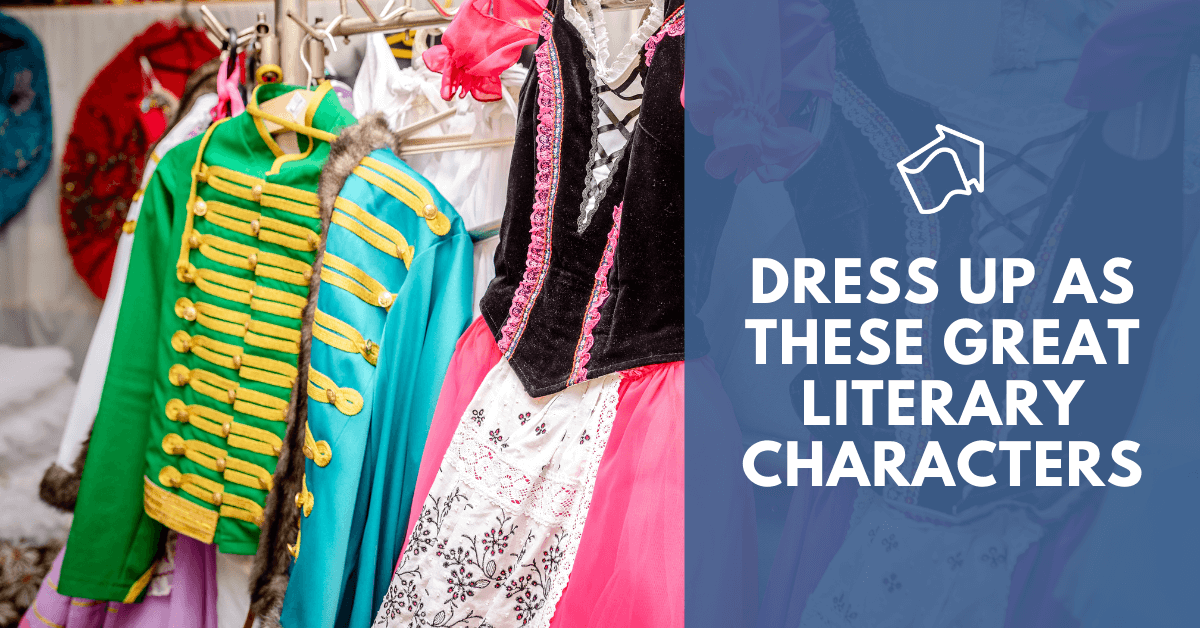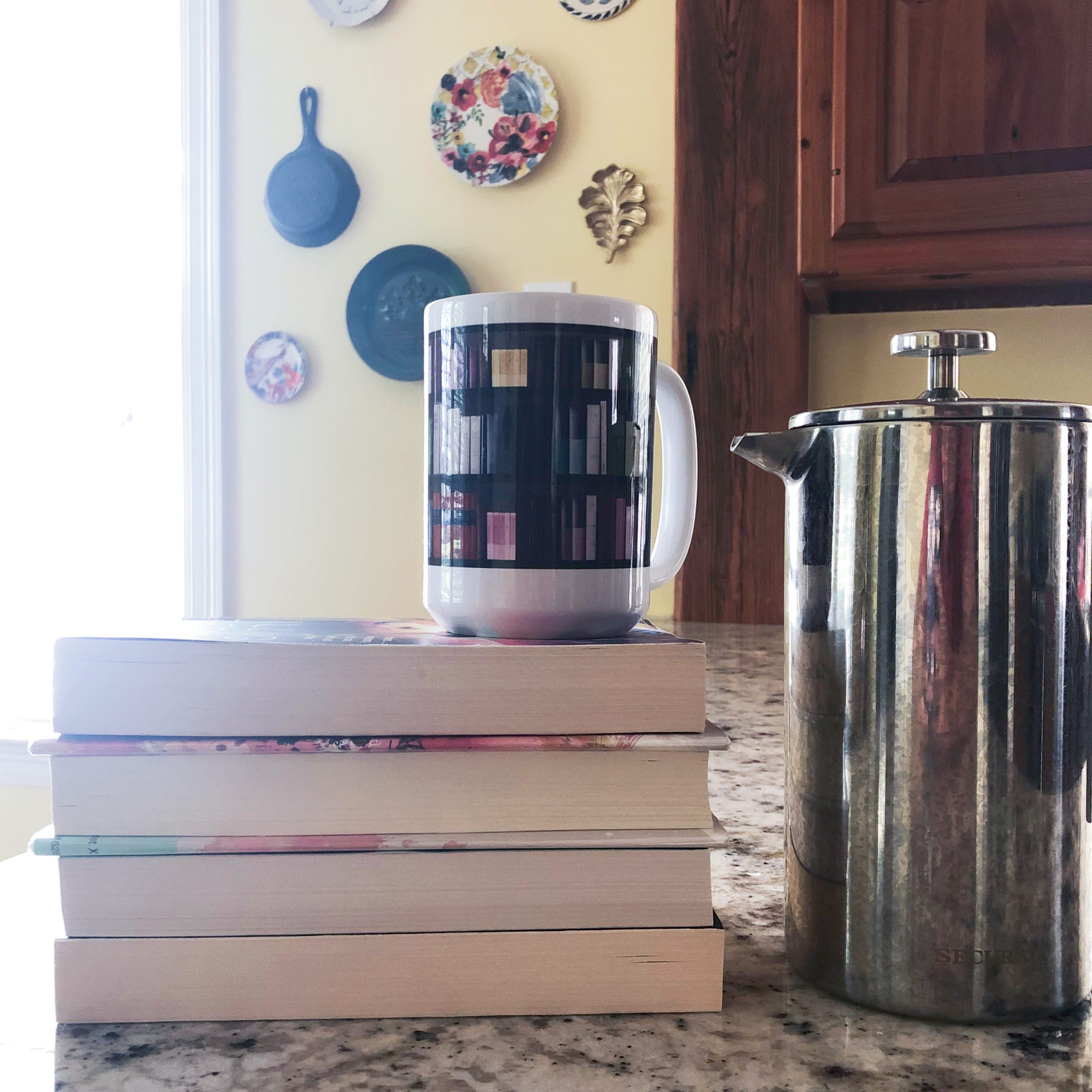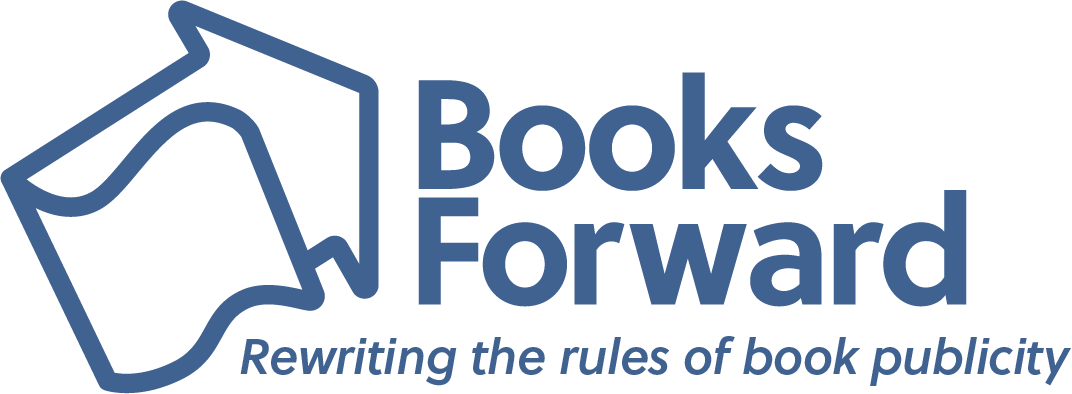FOR IMMEDIATE RELEASE:
J. Elle’s YA novel “Wings of Ebony” tackles racism, privilege, empowerment
 HOUSTON, Texas – With one tweet, first-time novelist J. Elle rocketed from obscurity to earning a six-figure book deal with Simon & Schuster for her YA novel “Wings of Ebony” (January 26, 2021, Millner Books), described as “The Hate U Give” meets “Wonder Woman” in a “Black Panther” world. Elle has now sold a total of four novels to major publishers within a single year, all of which elevate the voices of inner city kids with an empowering, magical twist.
HOUSTON, Texas – With one tweet, first-time novelist J. Elle rocketed from obscurity to earning a six-figure book deal with Simon & Schuster for her YA novel “Wings of Ebony” (January 26, 2021, Millner Books), described as “The Hate U Give” meets “Wonder Woman” in a “Black Panther” world. Elle has now sold a total of four novels to major publishers within a single year, all of which elevate the voices of inner city kids with an empowering, magical twist.
“Wings of Ebony” is a lead title for new S&S imprint Millner Books, to be released during Black History Month. The novel is part of a YA fantasy duology about a black teen demigoddess named Rue who must rise up against racist deities poisoning her block with drugs, violence, and crime. It extends a unique perspective on racism, privilege, cultural appropriation, community, and resilience. Six months after her first contract, Elle sold a second fantasy duology for middle grade readers at auction to Bloomsbury Publishing.
Elle’s debut sparked a firestorm of interest when she participated in #DVPit, a Twitter book pitching event for historically marginalized voices. Her tweeted pitch for “Wings of Ebony” went viral and had 22 publishers (including each of the Big Five) requesting pages, with S&S winning a preempt deal.
While Elle’s one tweet helped fulfill her dreams, it’s her years of hard work, perseverance, determination and giving spirit (mirrored in her protagonist, Rue) that define this prolific, multifaceted writer. A former teacher to inner-city students, Elle is the founder of “Your Story is Your Power,” a creative writing workshop that empowers teen voices. She drew inspiration for the novel from her own experience growing up poor, and from her desire to inspire younger generations. Her novel has already been integrated into four school curriculums and is a Junior Library Guild Gold Standard Selection.
Editor Denene Millner told Military Spouse magazine that Elle’s story is “familiar and yet something I’ve never seen; it honors the beauty and challenges one finds in the black community, but also creates an ideal world where black people literally are gods. Not since ‘Black Panther’ have I been this excited about a story that reimagines black people in this way, without clinging to stereotypes.”
“Wings of Ebony”
Author: J. Elle | January 26, 2021 |Simon & Schuster Young Readers (Millner Books) | YA Fantasy
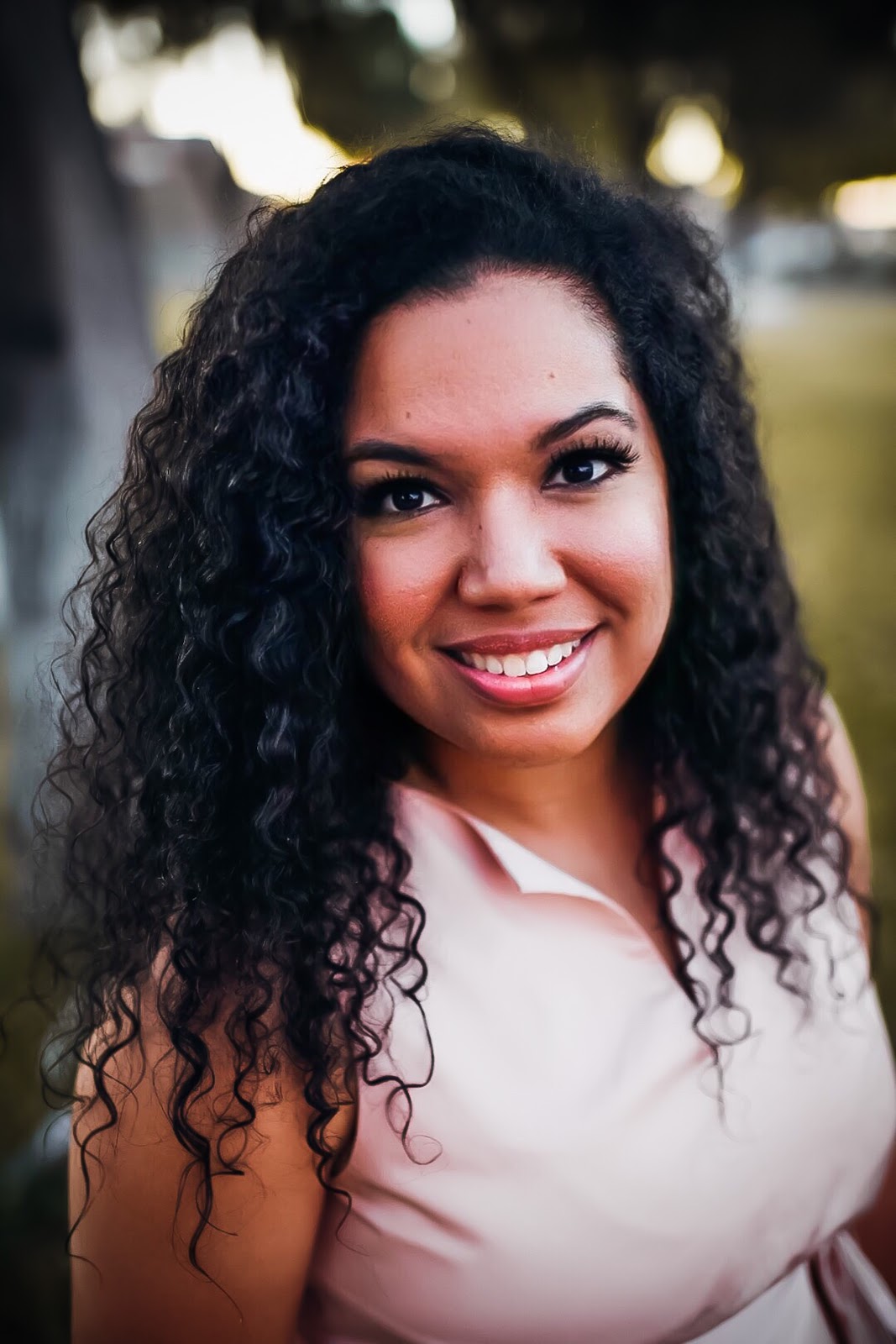 J. ELLE is a prolific Black author and advocate for marginalized voices in both publishing and her community. Her debut novel, Wings of Ebony, sold in a six-figure pre-empt and is part of a YA fantasy duology about a Black girl from a poor neighborhood who learns she’s magical. Wings of Ebony is a lead title in Simon & Schuster’s Spring 2021 lineup.
J. ELLE is a prolific Black author and advocate for marginalized voices in both publishing and her community. Her debut novel, Wings of Ebony, sold in a six-figure pre-empt and is part of a YA fantasy duology about a Black girl from a poor neighborhood who learns she’s magical. Wings of Ebony is a lead title in Simon & Schuster’s Spring 2021 lineup.
Six months later Elle also sold, at auction, A Taste of Magic, a MG contemporary fantasy duology about a Black girl who learns she’s a witch and fights to save her inner-city magic school with baking. Park Row Magic Academy: A Taste of Magic is also a lead title on Bloomsbury’s Spring 2022 list.
From growing up poor to being a first generation college student, Jess’ tenacity and passion for empowering others dates back to her first career in education, teaching tweens and teens from traditionally underserved areas to fight for their dreams. More recently, as the founder of the Your Story Is Your Power, a creative writing workshop, she mentors high schoolers on the craft of writing and the importance of sharing stories from their perspective.
Elle has worked as an Editorial Intern at P.S. Literary Agency and Gelfman / ICM Partners. She’s also served as a mentor for both Pitchwars and Author Mentor Match. Elle is the founder and co-host of #MondayMixer, a Twitter chat to engage writers on the platform with networking opportunities, writing questions, and encouragement. In her spare time you’ll find her cooking up some dish true to her Texas and Louisiana roots, loving on her three littles, and traveling the country with her nomadic spouse. Learn more at https://authorjelle.com and https://www.wingsofebony.com.
Praise for Wings of Ebony
“The best fantasy novels invent alternate worlds in order to illuminate our own. Wings of Ebony is one of them—a bold, inventive, big-hearted and deeply perceptive vision of a Black girl’s journey to reclaim her magic from forces determined to destroy her. The parallels to our current reality are unmistakable and the book brings us all a much-needed ray of hope.”
—NICOLA YOON, #1 New York Times bestselling author of Everything, Everything and The Sun Is Also A Star
“Wings of Ebony is an intense, page-turner of a book about magic, sisterhood, community and family. Debut author J. Elle offers us a richly-wrought world, weaving together past and present with a rare blend of deft insight and keen humor that leaves the reader wanting more.”
—SABAA TAHIR, #1 New York Times bestselling author of An Ember in the Ashes
“There is little on earth more powerful than seeing a reflection of the self, not only as it is, but also as it COULD be. Wings of Ebony is a rooftop-shout of affirmation that black girls from ALL walks of life are magic.”
—NIC STONE, #1 New York Times bestselling author of Dear Martin
“A remarkable, breathtaking, earthshaking, poetic thrillride bristling with magic, life, and so much love. Rue and her incredible adventures will change the world.”
—DANIEL JOSÉ OLDER, New York Times bestselling author of Shadowshaper
“A heart-racing thrilling fantasy that sucks you in from the very first page. J. Elle has such a voracious voice and she’s about to change the game!”
—TIFFANY D. JACKSON, author of Grown and Monday’s Not Coming
“J. Elle has crafted an unapologetic heroine determined to save her block from agents of stolen magic in this immersive hidden world. A thrilling and irresistible new saga about loyalty and lineage.”
— KIM JOHNSON, Indie bestselling author of This Is My America
“A powerful, thoughtful, and masterful exploration of #BlackGirlMagic that enthralls you from the first page and refuses to let you go.”
—ALECHIA DOW, author of The Sound of Stars
Additional News Details
- Elle completed the manuscript for “Wings of Ebony” in 35 days.
- New imprint Millner Books is spearheaded by NYT-bestselling author Denene Millner, and focuses on fresh African-American voices.
- Elle has served as a mentor for both PitchWars and Author Mentor Match.
- She is the founder and co-host of #MondayMixer, a Twitter chat to engage writers with networking opportunities, writing questions, and encouragement.
- Elle grew up in the Houston neighborhood that inspired her novel, where her younger teen sisters still live.
In an interview, J. ELLE can discuss:
- Her unique approach to portraying inner-city communities as places full of magic and power
- Her unconventional path to publishing success as a debut author–and how she’s now coaching other authors toward their own success
- Why she writes about kids who are impacted by and who must grapple with racism, privilege, cultural appropriation, single- or mixed-parent homes, and finding family within community
- How the unique challenges of growing up in an inner-city neighborhood inspired her writing
- Why YA Fantasy is her chosen genre for portraying powerful Black characters and communities
- How her passion for education and empowering young voices, paired with the importance of leaning into African American heritage and legacy, had an influence on her writing
- Why it’s important to create a dialogue around how non-POCs can be allies to POC communities
- How to have conversations about privilege with friends who don’t “get it”
An Interview with J. Elle
1. You have a wonderful vision of inner-city communities as places full of magic, potential, and power. How do you approach blending some of the harsher realities of these communities with the more fantastical elements in your novel?
Outside of the pages of a book, those of us living with these harsher realities can find it tough to reimagine a world without them. But in fiction, we have limitless imagination, tools, and power. I try to examine societal complexities that might inhibit us from challenging the status quo, and I put magical resources at my character’s disposal so my readers metaphorically understand that they are indeed capable of more than they can even imagine. The mindset that we can’t impact change is the first injustice we must eradicate.
One of my favorite characters in “Wings of Ebony” is tattoo-covered, gold grill-wearing Julius. How the media typically portrays kids who look like Julius is decidedly different from Julius’ real story–the story I set out to tell in “Wings of Ebony.” I’m going to make sure Julius and kids like him get their space on shelves.
2. Why is the blend of YA Fantasy and Contemporary genres particularly important for you when crafting “Wings of Ebony?”
I tend to like books that have real-world issues front and center, but I realize exploring difficult themes through fantasy is more palatable for many readers, becauses it’s a step removed from reality. Ultimately, I want my books to spark tough conversations. There will always be commentary in my books, weightier topics I want to challenge teens to consider, and the contemporary elements of my story allow me to explore these topics more directly. But I wrap those contemporary elements in a fantastical story, so that while teens grapple with these weightier topics, they are also inspired and encouraged by the metaphorical, magical “what-ifs.” Readers will finish “Wings of Ebony” and have had an unflinching look at the reality of racism (toward inner-city kids in particular). But they will also have reconciled that disgusting truth with how powerful we are in the face of that injustice, how we are changemakers that will be reckoned with.
3. Why is “Wings of Ebony” so important to you personally?
This book is a love letter to younger me, to my teen sisters, to my community and the home that raised me. I grew up seeing communities like mine depicted only as troublesome, wrought with crime, full of kids “not going anywhere.” But that wasn’t how I viewed my home growing up. So, I decided to shift the narrative and show a home like mine as magical, so that kids from places like where I am from see their neighborhood on the page/screen in a different way than how it is typically portrayed. This is vitally important so kids in our community realize their day-to-day lives are rich with magic, too. I believe shifting the connotation of the term “inner-city kids” will help fill shelves, and conversations, with representation that shatters stereotypes. “Wings of Ebony” is a no nonsense, unapologetic step in that direction.
4. Who is “Wings of Ebony” for? Who will be drawn to this book?
Though there’s a beautiful badass Black girl in a hoodie on the cover, this story isn’t just for Black kids. This book is for underdog changemakers and their allies–those who know how to become allies and those hungry to learn. Fans of Katniss Everdeen, Starr Carter, and anyone in love with all things Wakanda are going to rave about “Wings of Ebony.” I can’t wait to see the cosplay!
This book can also be instructive and a great fit for classrooms full of kids learning how to have safe, productive discussions about race with others who may not share their identity. A 6-week curriculum complete with a Hyperdoc, day-by-day lesson plans, vocabulary list, hands-on activities, discussion questions, and a culmination project that ties well with Black History Month can be found here.
5. Why are conversations about privilege important for kids to have with one another, particularly today?
We have one world with thousands of cultures within it that, for the good and health of this world, must learn to work together. We can’t exist singularly in our own communities and choose to not coexist. First, that allows the powerful to remain powerful without challenge; second, it’s not realistic. But in order to come together in collaborative environments and engineer true change, creating a world we are proud to live in, we must learn how to work together. This starts with checking our bias at the door, and realizing that our preconceived notions–often subscious–are shaping how we interact with and treat people who are different from us. And an often ignored facet of that conversation around bias, racism, and xenophobia is privilege.
Privilege is the dagger that stabs you in the back that you never saw coming–because you “didn’t know” it existed. People who are unaware of the privilege they possess do damage to others around them without even realizing it; and yet they wonder why they’re unable to have productive, meaningful discourse with people who are different from them. On a global level, that lack of self-awareness stalls productivity, throws a wrench in business connections and the economy, and fractures our growth. On a personal level, at minimum, it shatters relationships and breeds toxic thinking.
We all suffer when the privileged are afforded the ability to live within a bubble without awareness. “Wings of Ebony” aims to pop that bubble. I want to equip the next generation with tools to have these tough conversations that yield self-awareness, in order to usher in a more tolerant and mutually respectful world. Colleges are catching on to the importance of conversations around privilege. There are resources being implemented at the university level to study the social construct of privilege, and I’m excited that “Wings of Ebony” is appropriate to be a central part of these and conversations to come.
6. It’s incredible that you wrote the manuscript for “Wings of Ebony” in just 35 days. How long has this story been developing in your mind? What can you tell us about the writing process?
Honestly, Rue’s voice just came to me one morning. I’d had an image in my head of a girl standing over an injured little girl and using her magic to save her life. The setting of that image was my neighborhood, where I grew up. And it just hit me that this is what I hadn’t seen before: my neighborhood, the people there, the places, depicted as magical. I can’t explain it, but the story just poured out of me, and while it’s undergone significant revisions since that 35-day-version, Rue’s fierceness, her fire, her heart, and her magic are still the same. The writing process varies from person to person, but what I can say is that if there is a story or character or voice burning to just pour out of you, let it.
7. Few authors experience the kind of whirlwind success you’ve experienced in the past couple years. What has this publishing journey been like for you? What has surprised you, challenged you, and helped you grow?
The fact that I am going to have a book headed to shelves still surprises me. When I set out to write “Wings of Ebony” I was very new to writing fiction and wasn’t sure what to expect. My DVPit pitch blowing up on Twitter shocked me, but from then on I knew I was on to something highly marketable. One of the reasons I’m committed to mentoring aspiring authors is because I want them to understand I was just where they were. I’m so new at all of this, so they too should keep fighting, hoping, revising, growing, and I believe they’ll get there, too.
There’s nothing like going on submission to editors that makes you realize just how much of a privilege it is to have a book in the world. This industry really forces you to remember that patience is important and there’s no use in stressing about things out of our control. I was on sub for 5 months, and during that time I completed a revision for a brilliant editor at a Big 5 publisher who gave me some very candid, pointed feedback. I have an ambitious, can-do attitude–just tell me what needs to be done and I’ll blow you away with how fast and well I do it.
Writers should understand that revising can be magic for your story, so don’t be overly precious about your words. If you want to publish traditionally, understand you’re looking for a partner (to put their money behind your book) so you’re going to have to flex some. And a good editor is going to actually make your book much stronger. That’s the best part!
I completed my revision quickly, and we sent it to everyone still considering my pages, which was about ten editors or so. From there we had multiple editors interested, but Denene Millner at Simon & Schuster came in strong and fast with so much enthusiasm and ultimately won me over. Working with her has transformed my writing. This book is miles from where it was. As such a novice writer, I just feel so fortunate and lucky to have this opportunity. I still pinch myself everyday wondering how any of this can be real.
8. What top advice do you give to other writers who are working to make their voices and stories heard?
First, understand that there are so many factors involved in pursuing traditional publishing, and most of them are out of your control. All you control is the writing. Focus on being well-read in your genre and writing the best book you can write.
Second, know that rejections are an inevitable part of the process and are not a reflection of you as a person. They are not brick walls, they are stop signs. Pause, learn, grow–KEEP GOING.
Third, and most importantly, neither of those two facts negate the need for your voice. The voices drowning out ours have a lot more privilege and access. So remember, tenacity is your greatest weapon.
9. In what ways did your own childhood experience inspire Rue’s neighborhood and community?
“Wings of Ebony” is set where I grew up, on the southeast side of Houston. The “community as family” aspect of my story is probably one of the strongest parallels to my own childhood. Growing up, neighbors are aunties. “It takes a village” isn’t just a saying. Communities like mine look out for one another because we have to. We are forged with a closeness rooted in our identity and the “hood” we call home; it’s one of the most magical parts of my upbringing.
Also, Rue is an enigmatic mix of kids teachers see in inner-city classrooms, kids I’ve taught, best friends I’ve had–the kid with a hard exterior that reads like a chip is on their shoulder. That chip is necessary armor, and what’s beneath is ridiculously powerful love. I hope this book helps those kids feel more seen, more capable, and opens their eyes to their own magic; but also, I hope it helps others think twice the next time they roll through my hood, see one of these “hoodie-wearing-kids” walking down the street, or have a particularly stubborn kid in their classroom–I hope “Wings of Ebony” challenges them to see what’s beneath.
10. What message(s) do you want Rue’s story to send to readers (of any age)?
You are capable. You are power. You are strength.
A’laya nah ick e’bah.
Yes, you’ll have to read the book to find out what that means.
A former award-winning journalist with national exposure, Marissa now oversees the day-to-day operation of the Books Forward author branding and book marketing firm, along with our indie publishing support sister company Books Fluent.
Born and bred in Louisiana, currently living in New Orleans, she has lived and developed a strong base for our company and authors in Chicago and Nashville. Her journalism work has appeared in USA Today, National Geographic and other major publications. She is now interviewed by media on best practices for book marketing.
 Northfield, MN — Staying alive depends on knowing whom to trust and when to run. In Should Grace Fail (Dec. 8, 2020, Coffeetown Press), Priscilla Paton once again shows her deft skill at creating a whodunit that contains adventure and intrigue, but also delves deeply into the psyche of its characters.
Northfield, MN — Staying alive depends on knowing whom to trust and when to run. In Should Grace Fail (Dec. 8, 2020, Coffeetown Press), Priscilla Paton once again shows her deft skill at creating a whodunit that contains adventure and intrigue, but also delves deeply into the psyche of its characters. Priscilla grew up on a dairy farm in Maine, a state of woods, lakes, and rivers. She now lives in Minnesota, another state of woods, lakes, and rivers, not far from urban Minneapolis and St. Paul. She received a B.A. from Bowdoin College, a Ph.D. in English Literature from Boston College, and was a college professor. She has previously published a children’s book, Howard and the Sitter Surprise, and a book on Robert Frost and Andrew Wyeth, Abandoned New England. She participates in community advocacy and literacy programs, takes photos of birds, and contemplates (fictional) murder. The first in the Twin Cities Mystery series, Where Privacy Dies, was a finalist for a 2018 Foreword Indies Book Award.
Priscilla grew up on a dairy farm in Maine, a state of woods, lakes, and rivers. She now lives in Minnesota, another state of woods, lakes, and rivers, not far from urban Minneapolis and St. Paul. She received a B.A. from Bowdoin College, a Ph.D. in English Literature from Boston College, and was a college professor. She has previously published a children’s book, Howard and the Sitter Surprise, and a book on Robert Frost and Andrew Wyeth, Abandoned New England. She participates in community advocacy and literacy programs, takes photos of birds, and contemplates (fictional) murder. The first in the Twin Cities Mystery series, Where Privacy Dies, was a finalist for a 2018 Foreword Indies Book Award.
 New Orleans, LA — The critically acclaimed memoir Big Freedia: God Save the Queen Diva! (Gallery Books/Simon & Schuster; $16) will be released in paperback on December 1, 2020 and
New Orleans, LA — The critically acclaimed memoir Big Freedia: God Save the Queen Diva! (Gallery Books/Simon & Schuster; $16) will be released in paperback on December 1, 2020 and  HOUSTON, Texas – With
HOUSTON, Texas – With  J. ELLE is a prolific Black author and advocate for marginalized voices in both publishing and her community. Her debut novel, Wings of Ebony, sold in a six-figure pre-empt and is part of a YA fantasy duology about a Black girl from a poor neighborhood who learns she’s magical. Wings of Ebony is a lead title in Simon & Schuster’s Spring 2021 lineup.
J. ELLE is a prolific Black author and advocate for marginalized voices in both publishing and her community. Her debut novel, Wings of Ebony, sold in a six-figure pre-empt and is part of a YA fantasy duology about a Black girl from a poor neighborhood who learns she’s magical. Wings of Ebony is a lead title in Simon & Schuster’s Spring 2021 lineup. DETROIT – A global pandemic, disastrous climate events, erratic U.S. politics and … murder hornets? 2020 has been rough, and our inner voice doesn’t have a problem reminding us. Tell it to f*ck off with this new irreverent, laugh-out-loud guide, “Move on Motherf*cker,” (Nov. 3, 2020, New Harbinger) by board-certified psychologist Jodie Eckleberry-Hunt.
DETROIT – A global pandemic, disastrous climate events, erratic U.S. politics and … murder hornets? 2020 has been rough, and our inner voice doesn’t have a problem reminding us. Tell it to f*ck off with this new irreverent, laugh-out-loud guide, “Move on Motherf*cker,” (Nov. 3, 2020, New Harbinger) by board-certified psychologist Jodie Eckleberry-Hunt.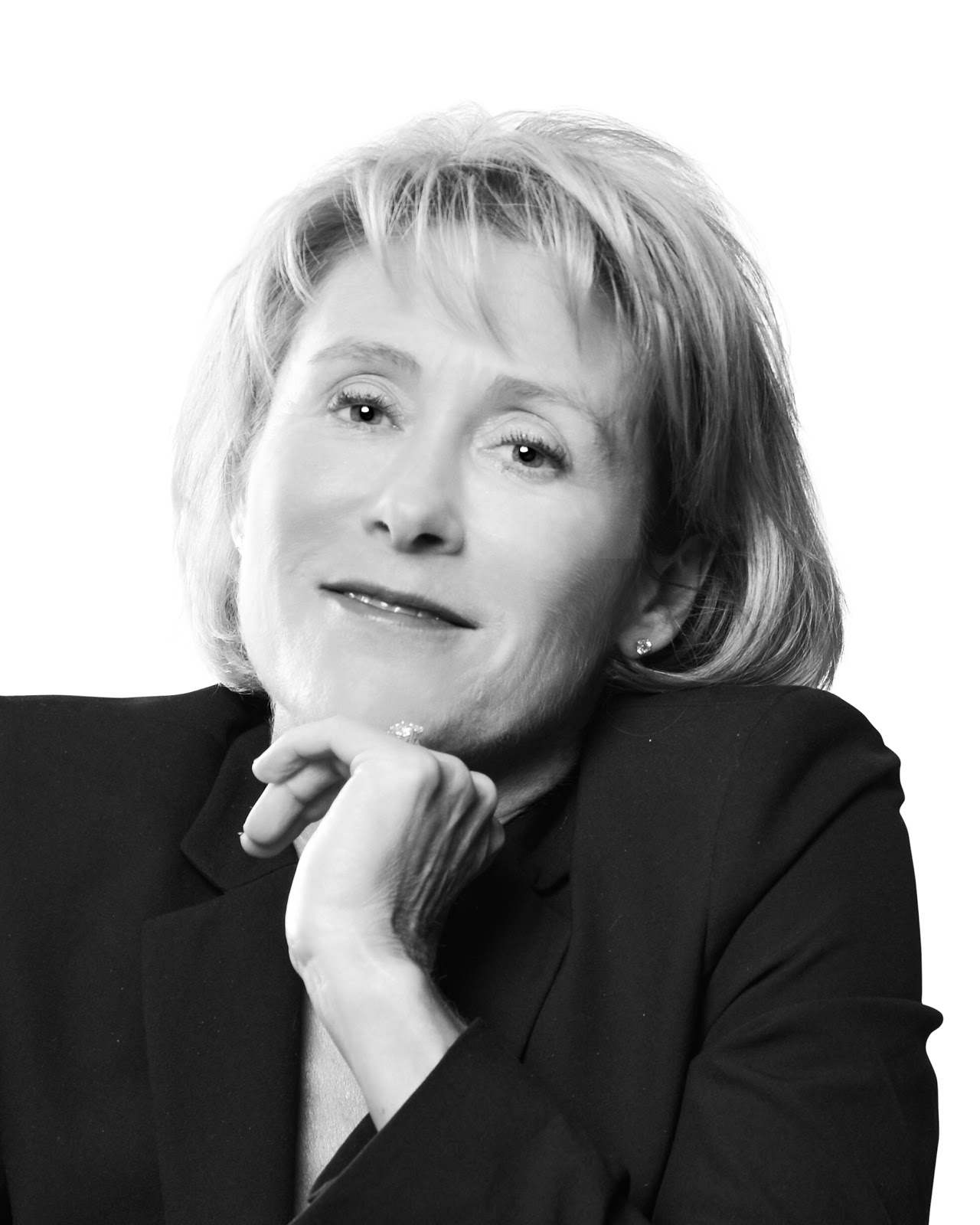
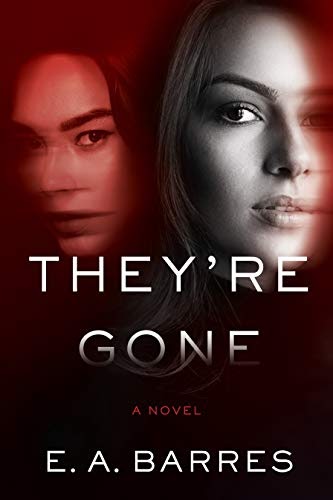 Fairfax, VA — A respected and skilled veteran of the thriller community, E.A. Aymar returns with a new novel written as E.A. Barres. They’re Gone, (Nov. 10, Crooked Lane Books) opens with a bang and never lets up.
Fairfax, VA — A respected and skilled veteran of the thriller community, E.A. Aymar returns with a new novel written as E.A. Barres. They’re Gone, (Nov. 10, Crooked Lane Books) opens with a bang and never lets up. Anthony Award-nominated E.A. Aymar’s next thriller, They’re Gone, will be published in November under his pseudonym E.A. Barres. His most recent thriller, The Unrepentant, was published in 2019 and is currently a 2020 nominee for the Anthony Award in the category of Best Paperback Original.
Anthony Award-nominated E.A. Aymar’s next thriller, They’re Gone, will be published in November under his pseudonym E.A. Barres. His most recent thriller, The Unrepentant, was published in 2019 and is currently a 2020 nominee for the Anthony Award in the category of Best Paperback Original.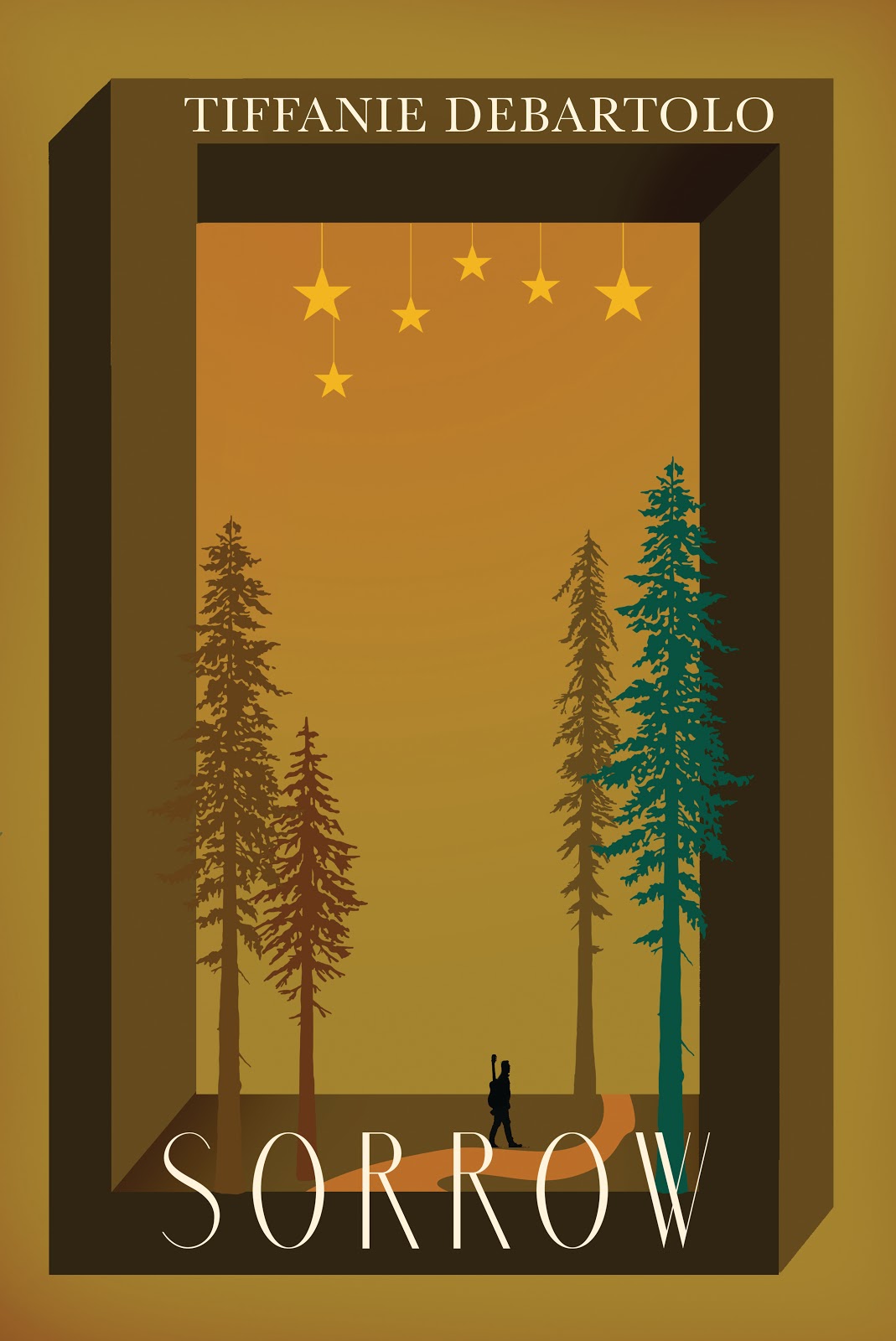 SAN FRANCISCO – It’s never too late to become who we’re meant to be, or to summon the courage to develop into the person whom we desire to be.
SAN FRANCISCO – It’s never too late to become who we’re meant to be, or to summon the courage to develop into the person whom we desire to be.
